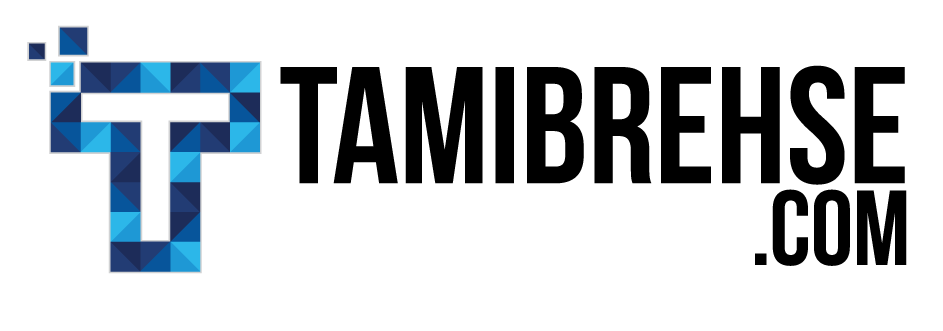Designing a website is no small feat. Believe me, I know–this one has needed a refresh for months and I just can’t bring myself to deal with the headache (do as I say, not as I do!). But as a business owner, your website is your first impression to the world for about 90% of your prospects, and there’s more to it than just having a nice-looking design.
Today we’re talking about aligning your website with your business, and how to do it by attending to three key aspects of your site’s layout, design and content.
1. Target Audience
First, consider the concept of targeting your audience. This simply means thinking carefully about the people you want to buy from your business and taking them into consideration throughout your design process.
It might surprise you to learn that customers have preconceived expectations of how a certain business website should look for a particular industry, even before they lay eyes on your site.
For instance, in the medical industry, visitors expect your site’s design to be clean and clear, like a hospital setting. For a daycare website, on the other hand, fun, colorful and friendly themes are expected, just like the atmosphere where parents want to leave their kids. For a fitness company, users want a site that’s punchy, lean and mean, with all the info they’re looking for right there on the homepage. Get the idea? Your site should match their expectations for your business.
Customers may even expect certain layouts based on the site they’re visiting. In some industries, you’re going to need landing pages to answer questions about the different services you provide. For others, it won’t be necessary, and a simple home page might be all you need. Pay attention to what your competitors—specifically, your most successful ones—are doing on their websites and take note. You don’t need to copy them, but note that they’ve probably designed their sites a certain way for a reason.
Don’t forget that if a customer is turned off or confused by a small detail about your website, they’ll click away faster than you can place your Rapid Pickup order from Panera. Adios! At that point, you’ve already lost a sale. That’s why you can’t afford to make the mistake of not paying attention to your target audience in your site’s design.
2. Images
Don’t neglect your site’s images! A professional photographer can go a long way toward improving your on-site content.
In the food industry, beautiful images of well-plated food are what the hungry people want to see. Construction company? You better show me pictures of gorgeous, magazine-worthy homes. For a fitness company, the best personal trainer website designs are full of fit, healthy looking people.
Why is this? Prospective customers browsing your website don’t care about promises. They want results, and your on-site images are one way to convey that you’ll deliver.
3. Other Media
Take advantage of other media, like video and downloadable content, to match your business to your website. This is going to be particularly important for services where building credibility is important. You’ll notice that lawyers, for example, often have greeting videos ensuring that customers immediately see a face they can trust.
Use downloadable content to give your visitors something else to engage with on your site. Ask for an email address in exchange for the download, then use email marketing to follow up and close the sale.
The bottom line is, with the right website design you can send messages to your customers that product or service they’ve been searching for.
Tami Brehse
Latest posts by Tami Brehse (see all)
- This White-Hat Link Building Tool Will Supercharge Your SEO Strategy - May 20, 2019
- 6 Steps To Take Before Launching A New Business - February 1, 2019
- How To Build A Website For A New Business: The Basics - January 13, 2019





